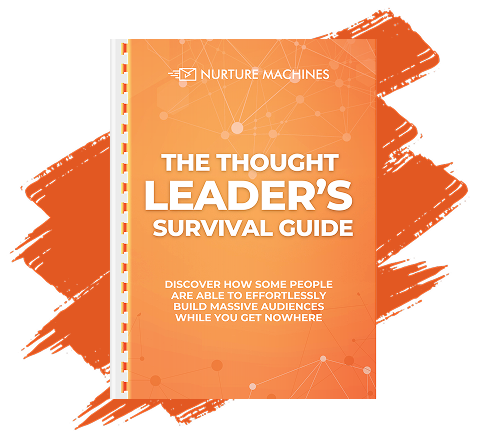Generating a steady stream of qualified leads doesn’t come from guesswork—it starts with the right tools and structure. Lead generation tools empower thought leaders, consultants, and personal brands to automate funnel workflows, personalize engagement, and track performance in real time. Whether you’re capturing attention, nurturing interest, or closing deals, the right technology stack supports every step. This guide explores the key funnel stages, essential tool categories, and advanced strategies to help you attract high-fit prospects, convert efficiently, and scale smarter.
Key Takeaways
- Structure your funnel with tools that align to awareness, interest, decision, and action stages
- Use automation to nurture leads with timely, behavior-driven workflows
- Prioritize high-value prospects using predictive scoring and segmentation
- Optimize performance with integrated analytics and ongoing testing
- Scale your outreach without losing personalization using dynamic triggers
What Are the Key Stages of an Effective Sales Funnel?
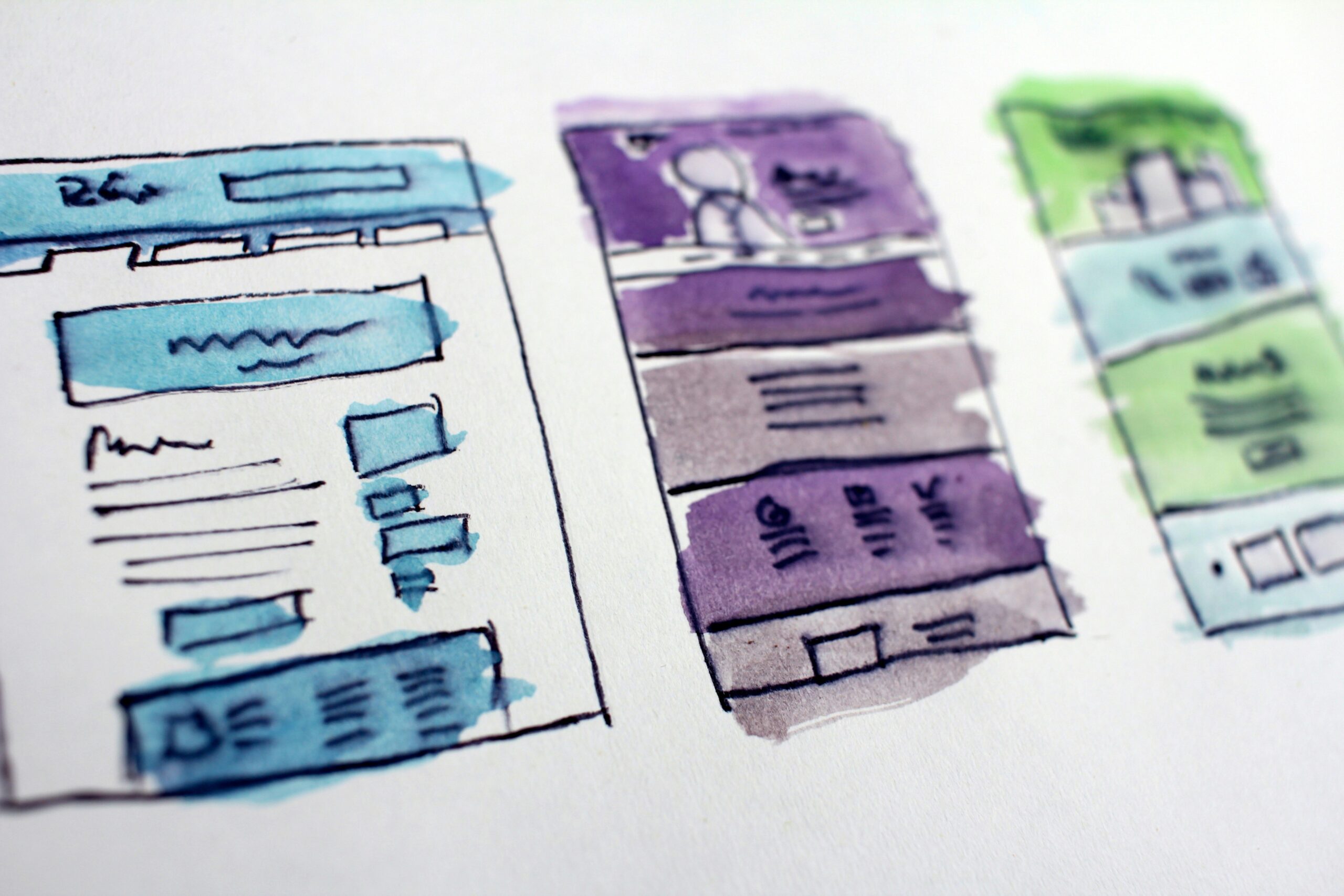
An effective sales funnel maps the path from initial contact to final conversion, guiding prospects step by step. Each stage plays a critical role in shaping engagement and influencing decisions. Typically, this funnel begins with awareness, where prospects first encounter your content or message. It continues through interest and consideration, where leads are nurtured with relevant information and touchpoints. Decision and action follow, prompting conversions and onboarding. Proper structure ensures each stage has a clear goal and the right tools to support it. When aligned correctly, the funnel becomes a predictable path for lead generation and growth.
Awareness: Capturing Attention Through Value-Driven Offers
At the top of the funnel, the focus is on visibility and relevance. Content, ads, or social posts should attract the right audience and direct them to specific entry points—like landing pages or quizzes. These offers must exchange value for contact details. The goal is to convert interest into first-party data using forms, downloads, or chatbot interactions. Behavioral tracking begins here, capturing intent signals and segmentation points. Automation triggers follow-up based on source or action. Effective awareness tools set the foundation for qualification. A strong start increases downstream conversion potential.
Interest: Nurturing Leads Through Targeted Sequences
Once contact information is collected, the next step is education and qualification. Email workflows and retargeting campaigns should deliver personalized content based on the user’s behavior and segment. This includes product overviews, benefit-driven articles, and interactive resources. Each message builds context and trust while preparing leads for conversion. Engagement signals are monitored to update lead scores and adjust follow-ups. This middle stage helps surface high-potential leads while maintaining contact with others. The aim is to increase interest without overwhelming the user. Precision in timing and content is critical.
Decision and Action: Converting with Clarity and Ease
In the lower funnel stages, clarity and urgency drive decisions. Here, lead generation tools support final touchpoints like demo scheduling, checkout forms, and trial activation. Content is more focused—comparison guides, FAQs, or offer reminders. Messaging shifts from “why” to “why now,” emphasizing results and eliminating friction. Forms are simplified and CTAs are prominent. Segments with high scores are routed to sales or conversion pages. Real-time behavior can trigger final push automations. These tools must reinforce trust and reduce hesitation. Smooth execution leads to confident decisions and faster action.
How Do Lead Generation Tools Support Each Stage of the Sales Funnel?
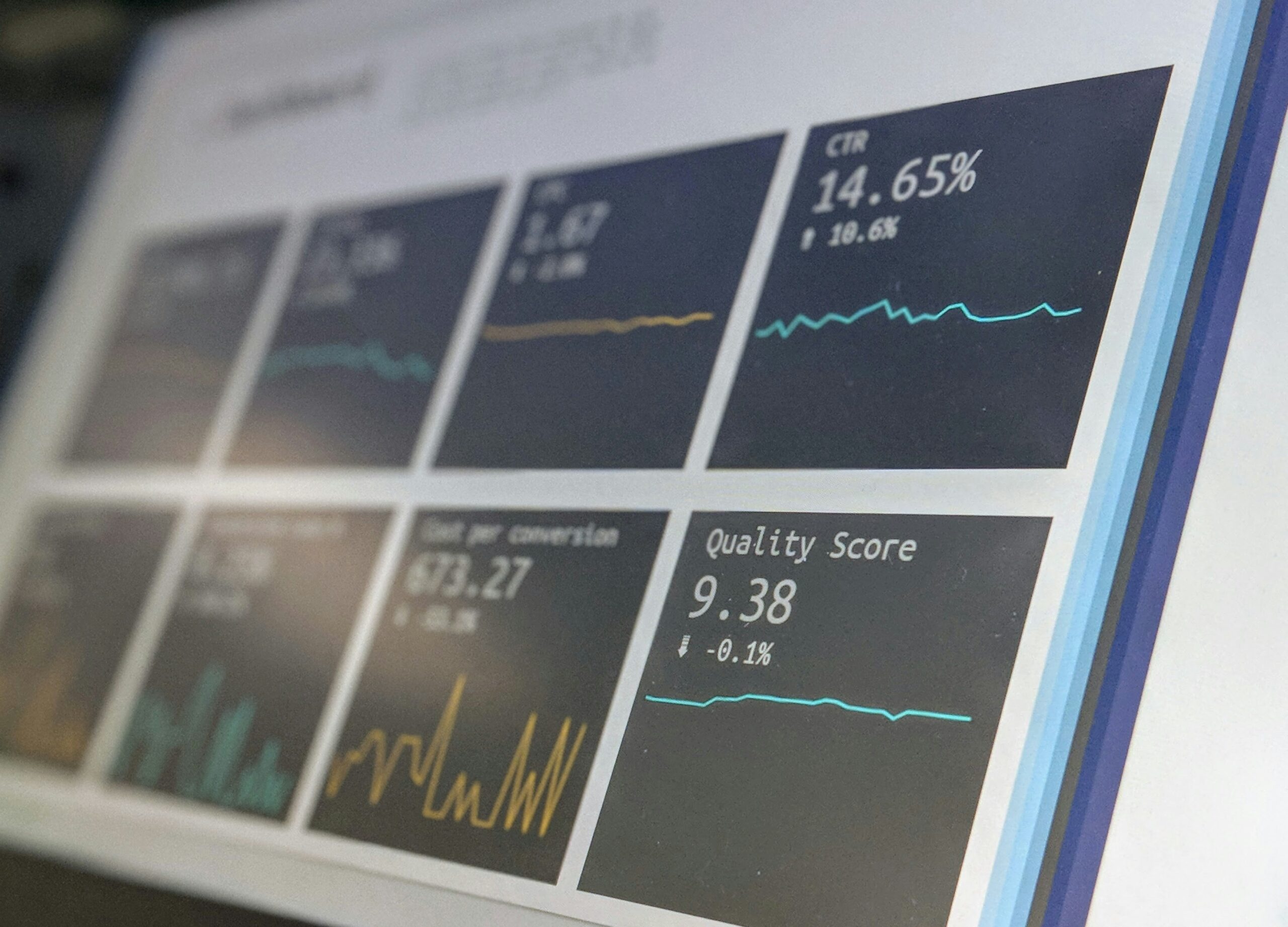
Lead generation tools play a vital role in capturing, qualifying, and converting prospects throughout the funnel. From creating high-converting opt-in points to triggering dynamic workflows, these tools help automate and optimize every stage. At the top, they attract attention and gather contact information. In the middle, they segment leads, score behavior, and deliver nurturing content. At the bottom, they support conversion with reminders, forms, and performance tracking. Each tool must be chosen for its ability to integrate seamlessly and scale with your strategy. Funnel alignment ensures prospects receive the right message at the right time.
Capturing Leads at the Awareness Stage
Tools at the awareness stage focus on making strong first impressions and collecting basic data. These include form builders, pop-ups, and quiz engines that exchange valuable content for email addresses. Behavioral tracking is activated to monitor entry points and interests. Prospects are tagged or segmented immediately to enable more relevant follow-up. Automation triggers introductory sequences or welcome messages based on source. Clear CTAs and frictionless design increase conversion. All tools must load fast and work across devices. The goal here is simple: turn attention into qualified contacts.
Nurturing and Scoring Leads in the Middle Funnel
Once leads enter the system, nurturing tools activate to guide them deeper into the funnel. Email sequences, behavioral workflows, and segmentation rules work together to deliver personalized content. Lead scoring models assess readiness based on actions like opens, clicks, and page visits. Contact profiles are updated continuously for more precise targeting. If a lead stalls, re-engagement paths can trigger automatically. High-scoring contacts are prioritized for conversion campaigns. The middle funnel is where value is demonstrated and trust is built. Tool efficiency here directly affects downstream outcomes.
Converting and Optimizing in the Final Stages
At the decision and action stages, tools must remove friction and close the loop. These include automated appointment scheduling, one-click forms, and real-time notifications for hot leads. CTAs must be easy to act on—whether that’s requesting a call or making a purchase. Analytics platforms monitor completion rates, drop-off points, and ROI. Real-time sync with CRM ensures every action is logged and visible. Automation wraps around each action to trigger follow-up, confirmation, or upsell flows. Final-stage tools must be fast, clear, and data-driven. Small tweaks here often yield large gains.
CRM Systems That Organize and Route Leads
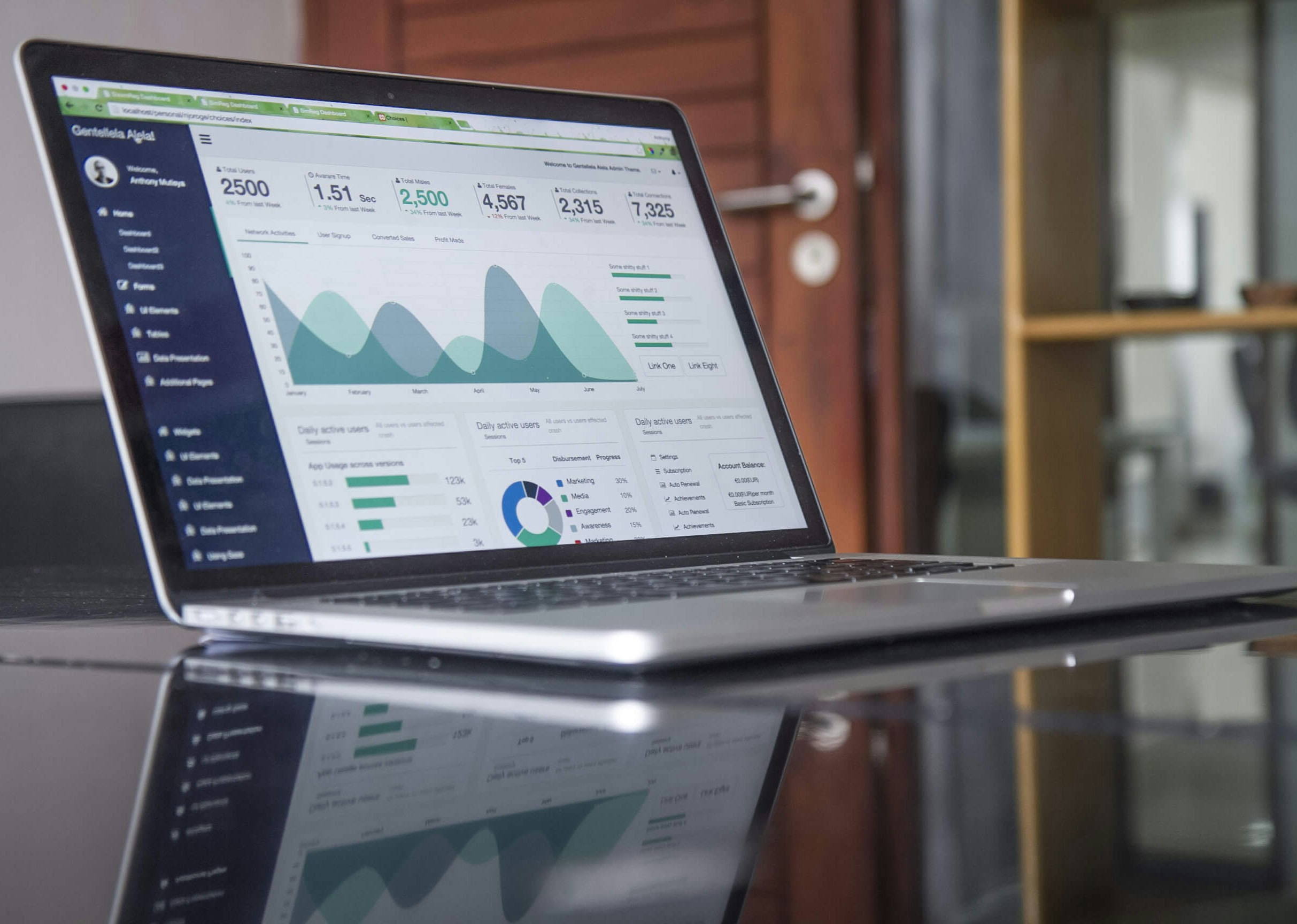
CRM tools store and organize all lead data, including contact information, engagement history, and current funnel stage. They provide a central place for sales and marketing to collaborate and take action. As leads interact with forms, emails, or landing pages, the CRM updates records in real time. Statuses, scores, and tags help teams prioritize follow-ups or enroll contacts in automation flows. CRM systems also track deal stages, ensuring no lead falls through the cracks. Proper CRM integration supports segmentation, reporting, and performance analysis. When synced with automation, it powers a full-cycle engagement strategy.
Automation Platforms That Nurture With Precision
Marketing automation platforms run behavior-driven workflows that adapt based on each lead’s interaction. These platforms deliver personalized messages via email, SMS, or push notifications without requiring manual input. Triggers can be set based on time, action, or score thresholds. Segments update automatically as behavior changes. This allows teams to stay timely and relevant throughout the funnel. Automation also handles re-engagement and lead recycling for cold or inactive contacts. Advanced workflows can split paths based on engagement, helping qualify leads more accurately. This category is essential for scalable, personalized nurturing.
Landing Page, Form, and Email Tools That Capture and Convert
At the top of the funnel, landing pages and forms are used to capture leads in exchange for valuable resources. These tools should be easy to build, responsive across devices, and connected to the CRM and automation system. Form submissions trigger entry into workflows, and fields can be used to pre-segment leads. Email marketing tools follow up with content tailored to the user’s stage and interest. High-quality design, fast load speeds, and strong calls-to-action improve performance. These tools are key to transforming interest into qualified data. Consistency across platforms ensures a smoother user experience.
How Can Thought Leaders, Personal Brands, and Consultants Use Lead Generation Tools Effectively?

Several platforms stand out for their comprehensive features, integration options, and scalability. HubSpot, Salesforce, ActiveCampaign, Zoho CRM, and Pipedrive each offer unique strengths in CRM, marketing automation, and analytics. Understanding their capabilities helps you match tools to your business size, budget, and growth goals.
Consultants: Automating Sequences That Build Trust
Consultants can create multi-step email sequences that deliver targeted value at each stage of the buyer’s journey. These emails may include free resources, insights, or case-style examples tied to common challenges. Using automation, these messages are triggered based on lead behavior, such as form completions or webinar signups. CRM integration tracks how each contact responds, allowing consultants to adjust follow-ups as needed. This reduces manual scheduling while keeping outreach highly relevant. Trust is built through consistent, personalized engagement. Each interaction moves the lead closer to scheduling a discovery or strategy session.
Personal Brands: Capturing Leads and Scaling Outreach
Personal brands benefit from tools that simplify lead capture and automate follow-up. Website forms, embedded surveys, and chatbots can gather key information and start the qualification process. Once a contact is collected, automation sequences deliver welcome messages and offer relevant content. Behavioral tracking allows content to shift based on engagement, creating a more tailored experience. CRM syncing keeps lead activity organized and visible across the funnel. These tools help personal brands stay responsive even as their audience grows. Automation ensures no lead is missed, while keeping communication consistent with the brand voice.
Thought Leaders: Delivering Authority Content at Scale
Thought leaders can use lead generation tools to distribute high-value content like frameworks, toolkits, or event invites. These materials act as trust-builders and entry points into the funnel. Automation ensures timely follow-up after content access, with next steps tailored to audience behavior. Segmentation ensures each contact receives insights aligned with their interest or industry. This approach builds authority and nurtures leads without manual intervention. CRM tools track engagement and prioritize those showing strong interest. The result is a system that both educates and qualifies—positioning the thought leader as the go-to expert.
How Do You Select the Right Lead Generation Tools for Your Business Needs?

Choosing the right lead generation tools requires evaluating how well each platform supports your funnel structure, integrates with your current systems, and aligns with your growth goals. Prioritizing ease of use, automation flexibility, and segmentation capabilities ensures that you’re investing in a tool that grows with your business. You should also assess whether the platform provides visibility into performance metrics and allows for rapid testing and iteration. Balancing functionality with budget helps avoid bloated tech stacks. With the right combination of features and integrations, lead generation becomes more streamlined and results more measurable.
Match Tool Capabilities to Funnel Goals
Start by identifying what your funnel needs at each stage—awareness, interest, decision, and action. Then select tools that specialize in capturing leads, delivering content, and tracking engagement through those stages. Landing page builders help generate opt-ins, automation tools handle nurture sequences, and CRMs track pipeline movement. Each platform should clearly support a funnel function without duplication. Make sure the tools work together seamlessly to avoid data silos. Focus on tools that simplify lead handoff, enable behavior tracking, and support personalization at scale. Matching tools to goals builds a stronger, more responsive system.
Evaluate Integration and Automation Flexibility
A tool’s real value lies in how well it connects to your existing workflow and how easily it handles automation. Look for platforms that sync with CRMs, analytics dashboards, and communication channels. APIs, native integrations, and webhook support should be considered if your setup is complex. Automation flexibility is just as critical—choose tools that let you build conditional logic, use segmentation rules, and trigger actions based on behavior. This ensures the platform evolves with your strategy. Tools that don’t integrate or limit automation can create bottlenecks. Seamless data flow keeps your funnel fluid and scalable.
Prioritize Usability, Support, and Long-Term Fit
Even the most powerful tools fail if they’re difficult to use or lack proper support. Prioritize platforms with intuitive interfaces, clear onboarding, and responsive help channels. If a tool takes too long to set up or learn, adoption will suffer. Long-term fit also matters—choose solutions that scale with your contact volume, campaign complexity, and segmentation depth. Make sure pricing aligns with usage growth, not just initial features. Reliable support teams help resolve issues faster, keeping operations consistent. A user-friendly tool backed by solid support will deliver better results across your funnel.
How Can You Implement and Optimize Lead Generation Tools for Maximum Funnel Efficiency?
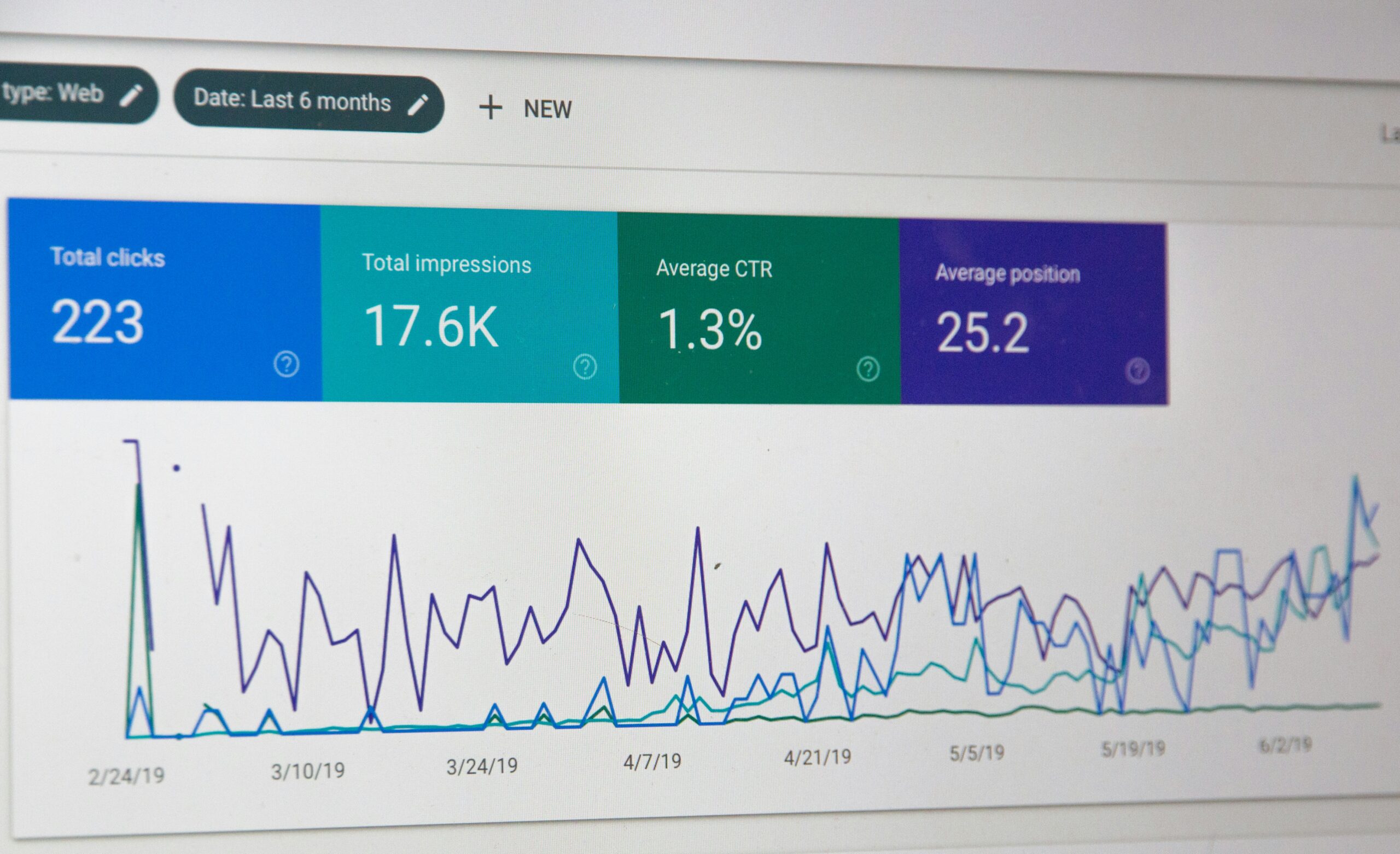
Implementing lead generation tools successfully requires aligning them with your funnel stages, syncing them with your CRM, and establishing automated workflows for engagement and tracking. Optimization goes beyond setup—it involves ongoing testing, behavioral monitoring, and adjustment based on performance data. As leads move through the funnel, tools must support seamless transitions and real-time visibility. Each system should work in harmony, enabling consistent messaging, accurate scoring, and efficient follow-up. Success depends on structured integration, smart configuration, and continuous refinement. When well-implemented, these tools improve speed, clarity, and conversion across the funnel.
Structure Integrations for Smooth Data Flow
Integration is the foundation of tool performance. Start by mapping how data should move between platforms—such as syncing form submissions to CRM or triggering nurture workflows from scoring updates. Use built-in connectors or APIs to automate data exchange. Establish naming conventions for tags, fields, and statuses to avoid confusion later. Test each connection to ensure that no leads are lost or misrouted. Unified data flow reduces manual entry and increases visibility. This setup ensures that lead activity is recorded accurately and acted on immediately. Structured integration supports full-funnel continuity.
Track Performance With Funnel-Specific Metrics
Once your tools are active, tracking the right metrics ensures you can measure progress and identify bottlenecks. Use dashboards to monitor conversion rates, email engagement, lead scores, and time-to-action across funnel stages. Break down data by segment or channel to find optimization opportunities. Monitor drop-off points to refine CTAs, timing, or content. Tools should allow custom reporting to align metrics with your business goals. Performance tracking turns gut feeling into measurable insight. The more granular your data, the faster your adjustments. Metrics provide the feedback loop that fuels improvement.
Optimize Workflows With Testing and Behavior Insights
With systems in place, optimization becomes a continuous process. Use A/B testing to refine subject lines, forms, or messaging sequences. Monitor how leads respond to content and timing, then adjust automations accordingly. Segment behavior allows you to test variations on specific audiences for better accuracy. Conditional logic and branching workflows make campaigns adaptive instead of static. High-performing sequences can be duplicated and repurposed for similar segments. Tools should support easy edits and re-testing to support iteration. Optimization ensures your funnel stays responsive and competitive as lead behavior evolves.
What Advanced Lead Generation Techniques Are Emerging for Sales Funnels?

Advanced lead generation now goes beyond static forms and email blasts—leveraging AI, behavioral prediction, and dynamic automation to reach the right prospects at the right time. These techniques prioritize precision, personalization, and performance visibility. AI models help predict conversion readiness, while automation systems trigger workflows based on nuanced activity. Chatbots and real-time messaging increase engagement without adding manual overhead. These innovations allow teams to scale smarter, not just bigger. As these tools evolve, they become more accessible to small teams and consultants. Staying ahead means adopting systems that adapt to user behavior and drive conversion through intelligence.
Predictive Scoring That Prioritizes High-Value Prospects
Predictive scoring uses historical behavior and real-time data to estimate which leads are most likely to convert. These models assign weighted values to actions like content downloads, time on site, and page views. As new data flows in, scores update instantly—triggering outreach, workflows, or retargeting. High scores move leads to sales or focused nurturing, while low scores stay in awareness tracks. This approach reduces time wasted on unqualified contacts. Over time, scoring logic is refined based on performance. Predictive scoring helps prioritize the funnel, making follow-up faster and more strategic.
Conversational Automation That Enhances Engagement
Conversational automation tools—like chatbots and embedded surveys—offer real-time interaction with leads. These tools qualify visitors based on their responses and route them into workflows instantly. Conversations can be guided by behavior: for example, offering support to return visitors or highlighting next steps to high-engagement users. This speeds up lead capture, personalizes messaging, and gathers key data without extra staff. When integrated with your CRM and automation system, the experience feels seamless. Conversational tools help shorten the time between discovery and action. Leads stay engaged because the experience feels timely and human.
Personalization at Scale With Behavioral Triggers
Behavioral automation allows lead generation to adapt in real time. As prospects interact with your content—opening emails, clicking links, or revisiting pages—automated triggers activate personalized sequences. These could include sending follow-up resources, changing messaging cadence, or escalating leads to sales. Conditional logic ensures each prospect sees relevant messages based on their funnel stage and interests. These workflows can run across email, SMS, and landing pages simultaneously. Personalization at scale increases conversion rates while reducing manual workload. The result is an experience that feels curated, even though it’s fully automated
Frequently Asked Questions
How does Nurture Machine support sales funnel automation?
Nurture Machine automates each stage of the funnel with behavior-triggered workflows, segmentation tools, and personalized sequences. These features ensure leads move from awareness to conversion with minimal manual effort, enabling consistent engagement and faster decision-making.
Can Nurture Machine help prioritize high-value leads?
Yes. Nurture Machine offers predictive lead scoring based on engagement, demographics, and behavioral activity. This allows businesses to focus on the most conversion-ready prospects while automating follow-up for those still in earlier funnel stages.
Does Nurture Machine integrate with CRM platforms for better lead management?
Absolutely. Nurture Machine integrates with leading CRM systems, syncing contact data and engagement history in real time. This creates a unified view of the prospect journey and helps teams coordinate outreach without gaps or data silos.
What kind of analytics does Nurture Machine provide for lead generation campaigns?
Nurture Machine offers real-time dashboards that track email performance, conversion rates, lead scores, and funnel progression. These insights help teams identify bottlenecks, adjust campaigns, and improve decision-making at every stage.
How does Nurture Machine support multi-channel lead nurturing?
Nurture Machine enables users to engage leads across email, SMS, and push notifications—all from one platform. These channels work together through automated workflows, delivering timely, personalized messages based on lead behavior and segment.
Conclusion
Optimizing your sales funnel with lead generation tools is about more than automation—it’s about precision, personalization, and long-term growth. From capturing leads to converting them, each tool plays a role in improving results and reducing manual effort. With the right mix of CRM, automation, tracking, and segmentation features, you can streamline workflows and guide prospects through the funnel with intent. By continuously testing and refining your systems, you’ll create a scalable process that delivers consistent leads, higher conversion rates, and stronger client relationships.






